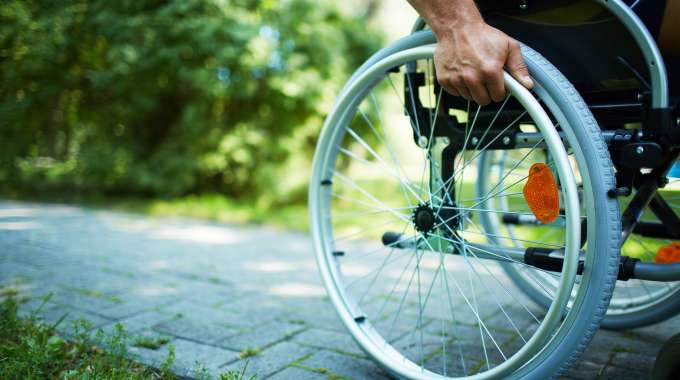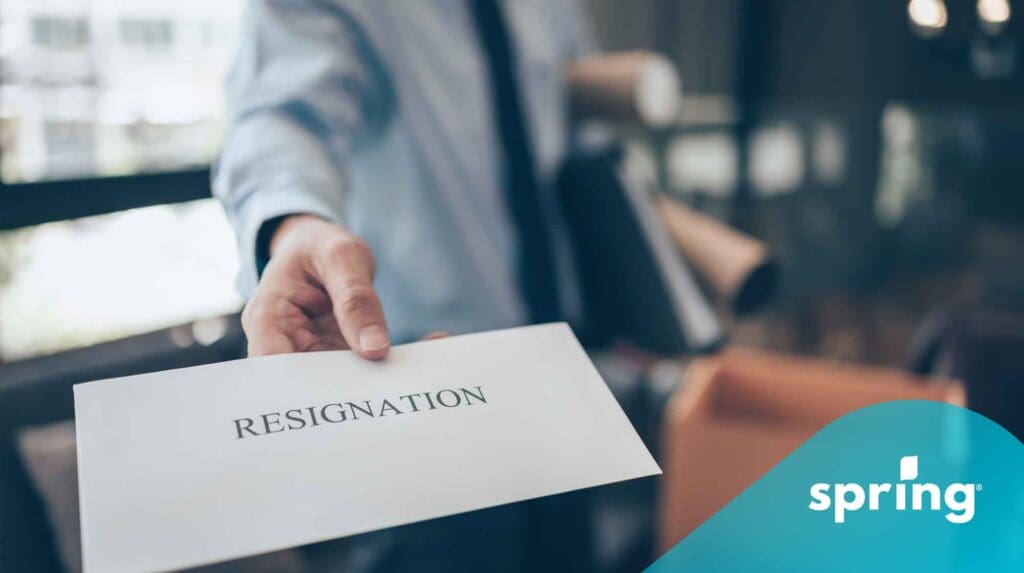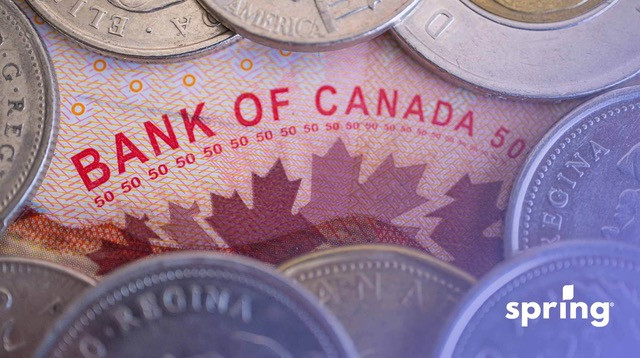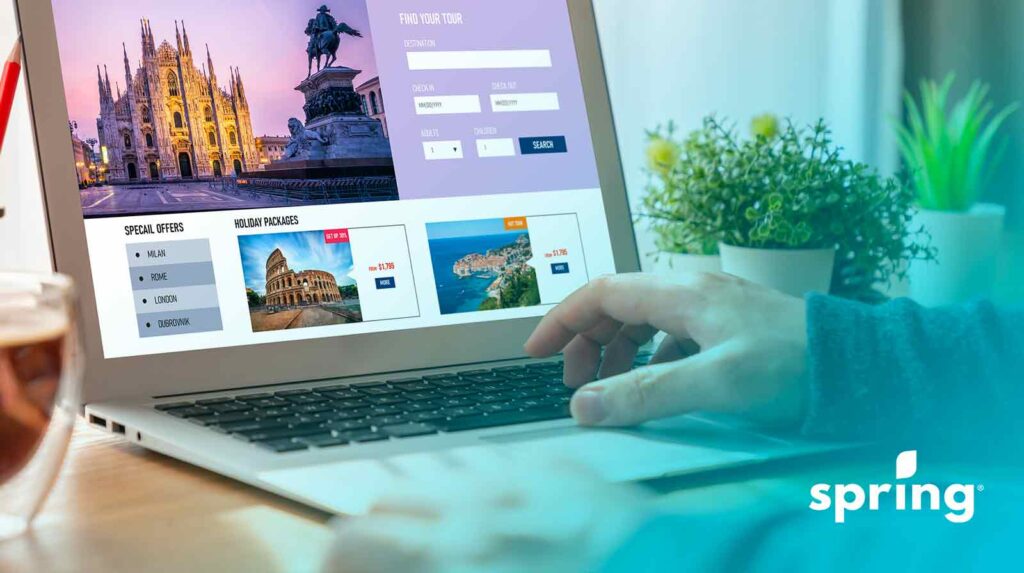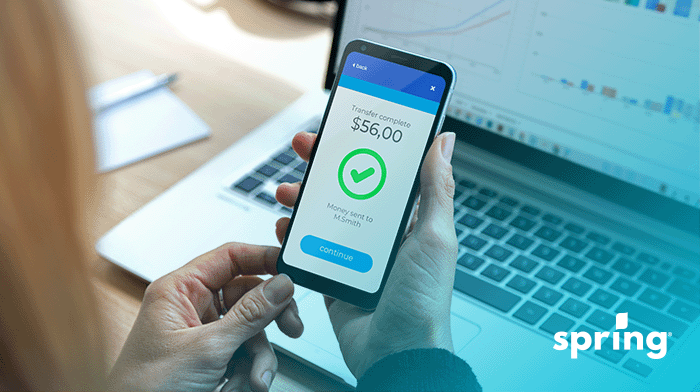When You Are Considered Self-employed?
In order for the federal government to consider you to be self-employed, you have to fall under one of the categories below.
- You carry on a trade or profession or even own a small business as an independent contractor or a sole proprietor.
- You are part of a partnership that carries on a business or even a trade.
- You have your own business. This includes freelancing or operating a business part-time.
- You have a side hustle online.
Anything made from these sources is considered to be taxable income, and you are required to claim it when tax season comes around.
The Taxes That You Pay
If you are self-employed and responsible for your individual tax obligations, there are a few different taxes you need to pay besides income taxes on your self-employed income. These include federal taxes, provincial taxes, CPP (Canada Pension Plan) contributions and EI (Employment Insurance) contributions (these are optional). You are also responsible for paying GST (Goods and Services Tax), HST (Harmonized Sales Tax), and/or PST (Provincial Sales Tax) if they are required.
Self-Employed Tax Rates
As a self-employed person, how much you pay in taxes is going to depend on the tax rate. How the system works is based on income. This number is difficult to determine before you file your yearly tax return but below we show you how it is calculated. Keep in mind that there are provincial tax rates as well. These rates vary from province to province. The ones shown below are the federal rates.
Federal Tax Rates for 2025
| Amount | Rate |
| First $57,375 | 15% |
| Over $57,375 up to $114,750 | 20.5% |
| Over $114,750 up to $177,882 | 26% |
| Over $177,882 up to $253,414 | 29% |
| Over $253,414 | 33% |
Self-Employed Tax Benefits
One of the benefits of paying self-employed taxes is that you can write off any business-related expenses. What you are able to write off differs depending on the type of business you operate, but here are some examples.
- Advertising expenses (online marketing)
- Travel
- Utilities
- Phone bills
- Office Supplies
- Bank fees
- Vehicle expenses such as fuel and maintenance
- Insurance
- Legal expenses
- Property taxes
- Rent
- Salaries, Wages and Benefits
- Allowable meals and expenses
- Professional fees
- Registration fees
How to Report Self-Employment Income
Reporting self-employment income isn’t that much different from reporting regular income except for the fact that it does not require you to input any expense or anything else you need to save money on your taxes. Reporting the income itself, though, you just enter your gross and net income amounts on lines 13500 and 14300 of your income tax and benefit return. In this case, your gross income is your income before deductions, and your net income is your income after deductions.
You should also make sure that you are using the form T2124, Statement of Business and Professional Activities. Determining what is considered a deduction and what isn’t can be the difficult part. If you aren’t quite sure what deductions are allowed and what aren’t, there is a list above, but you can also speak to a tax professional. When you are filing your income tax return, it is important to be sure that everything you enter is correct. If it is ever determined that you entered something that isn’t an expense, you could end up being on the hook for that money or even end up being audited. On the other hand, you could end up paying way more income tax than necessary if you don’t deduct expenses that you’re eligible for.
Other Ways to Save on Taxes
When you are self-employed, other than just your business expenses, there are other things you can claim in order to save yourself money. If you have saved 25-30% of your earnings, then you should have enough to cover them, but who wants to spend all of that money if you don’t have to? Here are a few things to consider, but remember you can always speak to a tax professional. They will look at your individual tax situation and help you save as much money as you can.
Home Office
If your business is operated from your home, there are expenses that you can write off instead of just your supplies. Things like:
- Mortgage interest
- Utilities
- Maintenance and repairs
Really, anything that is required for you to effectively run your business is eligible. That being said, how much of these expenses are claimed is based on what you use for your business. This area should be dedicated to your business only. The CRA may require your home’s floor plans in order to prove this.
Lease a Vehicle
If you require a vehicle to operate your business, then leasing a vehicle is a great way to save money on taxes. The monthly lease amount that you are able to deduct is $800 plus taxes. Anything above that can’t be deducted. Along with the leasing charges, you are able to deduct:
- Maintenance costs
- Insurance
- Parking Fees
- Toll fees
These are just a few examples. You can deduct any vehicle-related fees directly related to your business. In order to calculate how much of these fees you are able to deduct, it is based on the km you drive that are business related. For every business-related trip, you should write down your km’s. If you do this for every trip all year, you will discover how many kilometres were work-related and how many weren’t, which will determine how much of your costs are considered deductible expenses. Along with the kilometres, you should also keep track of dates, locations and purposes for each trip.
Incorporate Your Business
You may notice that many small businesses choose to incorporate. There is a reason for this. Incorporated businesses have a tax rate of 15%, which is much lower than that of a business that isn’t incorporated. However, there is a downside. Instead of the income being considered business income, it is personal income, so it is subject to those tax rates. Depending on your yearly earnings, you could end up paying more in taxes. Because you are incorporated, though, you may be able to use more deductions than if you weren’t. One of these is income splitting. Before you make any decisions, it is important to weigh your options and figure out the best tax solution for your and your business’s needs.
When You Start Paying Taxes on Self-Employed Income
Taxes on a business are similar to those you pay when you are employed. The less you make then the less you pay in taxes and, just like employment income, there is a minimum you can make before you start having to pay taxes. As of 2023, this minimum is $15,000. It does change every year though, so keep that mind.
GST/HST and Being Self-Employed
Now that we have talked about basic self-employed taxes and expenses, how do taxes work in regards to GST/HST? Well, are not all goods required to be charged GST?HST is on, and not all businesses are required to charge it. There are a lot of factors to keep in mind to figure out if you need to charge, collect and remit the tax. The first is the $30,000 rule, also known as the small supplier rule. How this works is if your business makes at least $30,001, then you are no longer a small supplier and are required to register for GST/HST. This $30,001 has to occur in a single quarter or the last 4 quarters.
You are then required to register right away, and the first sale you make after this point should include GST/HST. Keep in mind that the Canada Revenue Agency breaks down goods and services into three different categories: taxable, zero-rated, and exempt. Figuring out what category your business falls under will help you to determine your GST/HST requirements as well. If you find yourself in a position where you need to pay GST/HST, there are quite a few ways that you can remit sales taxes. You can contact the CRA or look on their websites for detailed instructions.
Tax Deadlines for Businesses
While personal income tax returns for a tax year are required by April 30 (or the next business day if it falls on a weekend), most businesses don’t have to complete their yearly tax returns until filing deadline of June 15 (or the next closest business day.) This is only if the business’s fiscal year matches with the calendar year. If it doesn’t, their returns are required to be done by 6 months after their fiscal year ends.
Do Self-Employed Workers Receive Tax Slips?
Whether you earn business income from your own business or as a contractor will make a difference as to whether or not you receive any tax slips. Those who own their own businesses don’t receive tax slips and have to keep receipts and financial statements for all of their business or professional activities in order to claim their tax deductions.
Self-employed Canadians who are contractors may receive T4A Slips for tax purposes in order to claim their net self-employed income for their self-employed business. You may also receive tax slips for any Canada Pension Plan CPP contributions and other pensionable employment income that you may have made as a self-employed individual. However, if you are a contractor, you still need to manually claim all eligible business expenses as well as all your income.
Where To File Self-Employment Taxes
If you’re your own boss and file your own personal tax returns, you don’t have to go through the long process of a paper return. You can file your return through an online tax program. These programs have their own options for self-employed workers to claim the appropriate deductions and tax credits they’re entitled to based on their annual income.
Online tax programs follow the tax rules based on your professional income for your annual tax return. It not only allows you to enter income earned through self-employed means but also add in any other income you earn. You can also add in earned income for your common-law partner or spouse which allows you to calculated your combined tax payable, not just the taxes owed by you.


